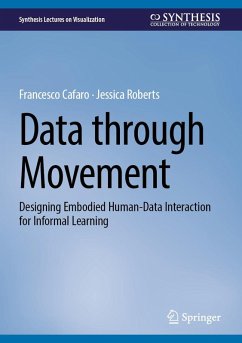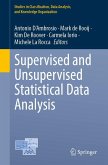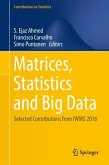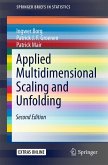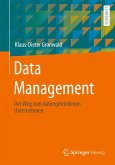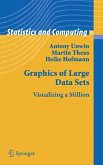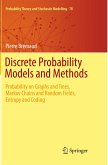This revised edition revisits the dynamic and developing field of human-data interactions (HDI). It draws on frameworks from the learning sciences, cognitive linguistics, visualization, and human-computer interaction to explore embodied HDI. This exciting sub-field of interaction design is based on the premise that every day we produce and have access to quintillions of bytes of data, the exploration and analysis of which are no longer confined within the walls of research laboratories. This new edition examines how people interact with data in informal environments like museums, where engagement is often brief and self-directed.
The first half of the book provides an overview of the multi-disciplinary, theoretical foundations of HDI, including embodied cognition, conceptual metaphor theory, embodied interaction, and embodied learning. It also reviews socio-technical theories essential for designing HDI installations that support informal, social learning in spaces like museums. The second half of the book describes strategies for engaging museum visitors with interactive data visualizations, It presents detailed methodologies for designing intuitive hand gestures and body movements for embodied installations. Through case studies of prototype exhibits, it illustrates how thoughtfully designed embodied HDI can facilitate deeper public sensemaking about complex topics such as census data, perspective-taking, correlation, and causation.
This cross-disciplinary book is intended as a resource for students and early-career researchers in human-computer interaction, the learning sciences, and data visualization, as well as for more senior researchers and designers who want to quickly familiarize themselves with HDI.
The first half of the book provides an overview of the multi-disciplinary, theoretical foundations of HDI, including embodied cognition, conceptual metaphor theory, embodied interaction, and embodied learning. It also reviews socio-technical theories essential for designing HDI installations that support informal, social learning in spaces like museums. The second half of the book describes strategies for engaging museum visitors with interactive data visualizations, It presents detailed methodologies for designing intuitive hand gestures and body movements for embodied installations. Through case studies of prototype exhibits, it illustrates how thoughtfully designed embodied HDI can facilitate deeper public sensemaking about complex topics such as census data, perspective-taking, correlation, and causation.
This cross-disciplinary book is intended as a resource for students and early-career researchers in human-computer interaction, the learning sciences, and data visualization, as well as for more senior researchers and designers who want to quickly familiarize themselves with HDI.

